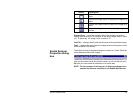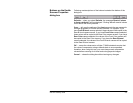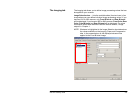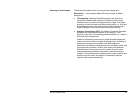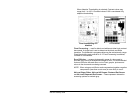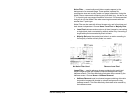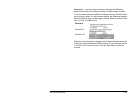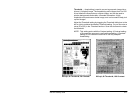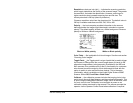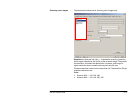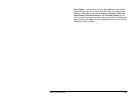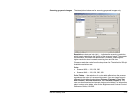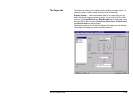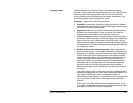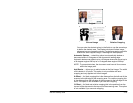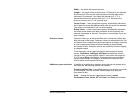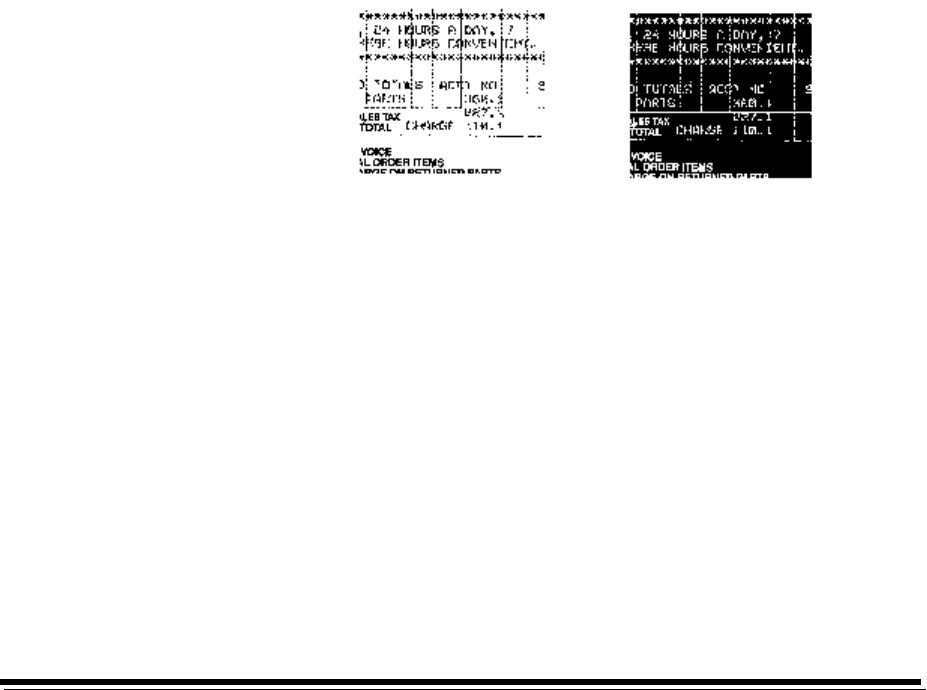
A-61510 January 2005 3-12
Resolution or dots per inch (dpi) indicates the scanning resolution,
which largely determines the quality of the scanned image. The greater
the resolution, the better the reproduction. However, scanning at a
higher resolution also increases scanning time and file size. The
industry standard is 200 dpi (about 8 pixels/mm).
Choose a resolution value from the drop down list. The default value is
200 dpi. Available resolutions are 200, 240, 300 or 400.
Polarity the host computer provides information to the scanner
defining whether the image should be stored in standard or reverse
polarity. The default polarity is Black on a White background. Reverse
polarity is White on a Black background.
Black on White polarity White on Black polarity
Color Table Not applicable for bi-tonal images. See the next section
“Scanning Color Images”.
Toggle Patch the Toggle patch is a type 4 patch that is used to trigger
the scanner to change from the current image stream (bi-tonal) to the
alternative image stream (color/grayscale). Available for the i820 and
i840 scanners, this provides color-on-the-fly functionality for customers
who choose to scan the majority of their documents bi-tonal with the
option to switch to color and back when desired. This is the same
functionality, which is available on the Kodak Digital Science 3590C
Scanner. Select Off, Front Side or Both Sides.
Calibrate the calibration process includes the imaging chain (color
and bi-tonal), the multi-feed detector, and the mechanical transport. This
is done using the designated calibration target, which is fed twice; once
for front, once for rear. Calibration is not required at power-on as
calibration values are stored by the scanner. The scanner prompts the
operator via the Operator Control Panel when calibration is required.



